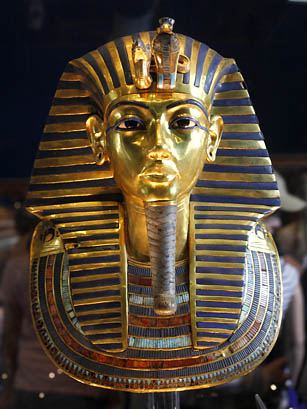
It's a complicated — and hilarious — scientific mystery. For years, experts have sought to better understand the demise of Egyptian pharaoh Tutankhamen, better known as King Tut, disproving theories of malaria and bone disorders and determining instead that Tut was felled by sickle-cell anemia. But new research published this year in New Scientist suggests that it was actually a genetic ailment called Antley-Bixler syndrome that killed the King — a condition that produces elongated heads and can render male genitalia underdeveloped. In response, however, Egypt's chief archaeologist Zahi Hawass dismissed the Antley-Bixler theory, claiming that Tut's genitals were fully developed.
Buried within this academic argument was an astonishing revelation for the casual reader: Tut's penis, it turns out, was officially declared missing in 1968 and later reportedly discovered buried in the sand surrounding the mummy. But some now question whether the unearthed penis was, in fact, Tut's penis or an imposter that has skewed subsequent research. All of which adds up to the strangest archaeological debate we have ever encountered.